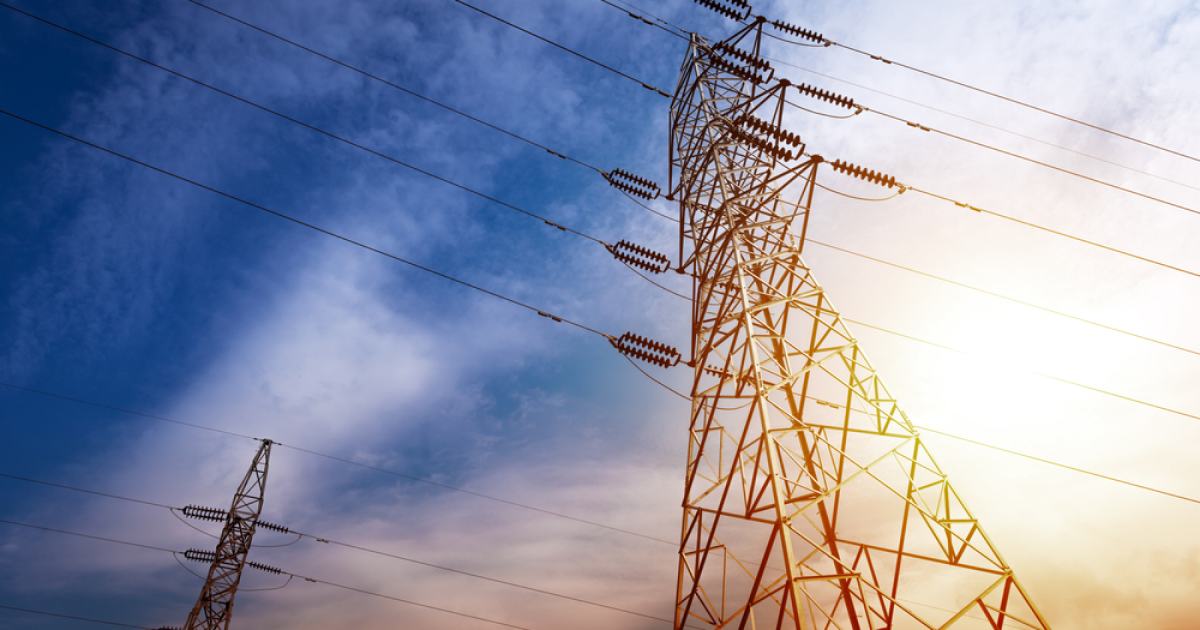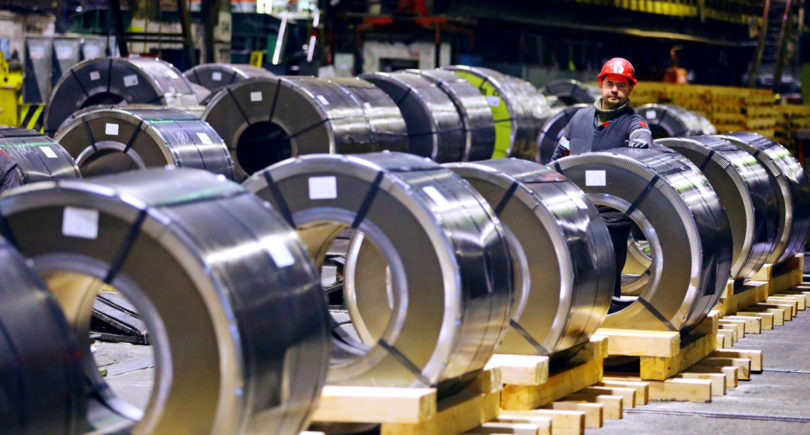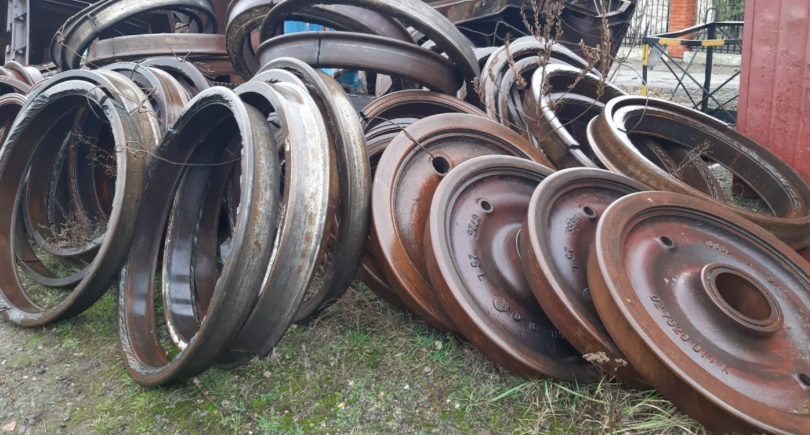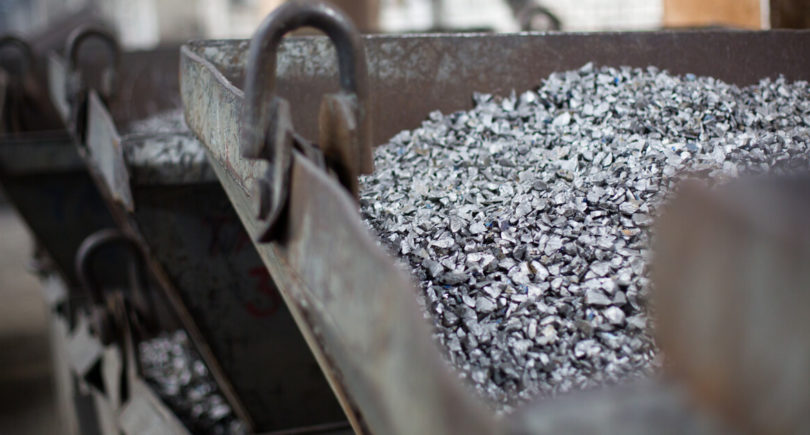
The proposed steps do not address the root causes of high prices
The measures envisaged by the reform of the electricity market in the EU are not enough to avoid further price jumps. It is stated in a statement by the European Steel Association (EUROFER).
On July 19, the Committee on Industry, Research and Energy of the European Parliament (ITRE) voted for the reform of the design of the electricity market in the EU. According to EUROFER’s statement, the amendments made to the document improve some elements. However, they do not address the root causes of high electricity prices, which hinder decarbonisation efforts and undermine the competitiveness of European industry.
As the CEO EUROFER Axel Eggert noted, the adopted text contains some steps forward for emergency response. For example, it is about the possibility for Member States to intervene in the setting of prices for industrial consumers and to reinvest part of the revenues in the industrial transition within the framework of contracts for difference (CfD).
However, in his opinion, the EU is still far from what is needed to effectively modernize the current system. In the short term, the proposed instruments have a limited impact on reducing electricity prices to a sustainable level and their competitiveness at the international level.
«If we are serious about the success of the transition to fossil-free electricity, we need a structural solution for short-term markets, taking into account their impact on long-term contracts,» he noted.
Currently, the steel sector annually consumes about 75 TWh of electricity. According to EUROFER estimates, the transition to low-carbon hydrogen-based steel production technologies will significantly increase consumption to 165 TWh by 2030 and 400 TWh by 2050. If prices for electricity in Europe are uncompetitive, more than €30 million of investments in the production of green steel may be at risk in the EU.
According to Axel Eggert, the energy crisis has not yet been resolved. So the EU needs to find short-term and long-term solutions that would allow energy-intensive industries and consumers to take advantage of a decarbonized electricity system, starting with wholesale markets.
As GMK Center reported earlier, According to the International Energy Agency (IEA) data, in the first half of 2023, the EU recorded a decrease in electricity demand by 6% y/y. Energy-intensive industries, including steel, have significantly reduced consumption in response to higher prices, with a relatively mild winter also having a limited impact. It is predicted that the demand for electricity in the European Union will fall by 3% this year.




